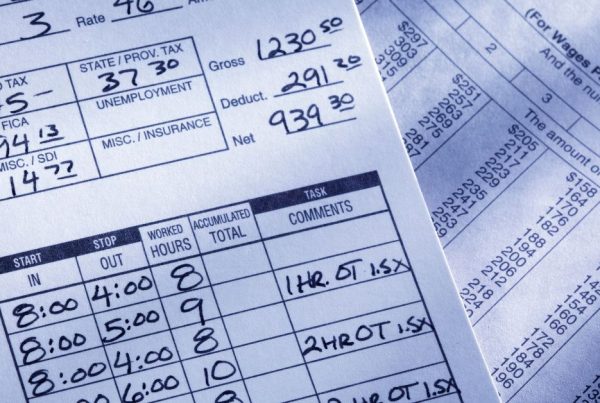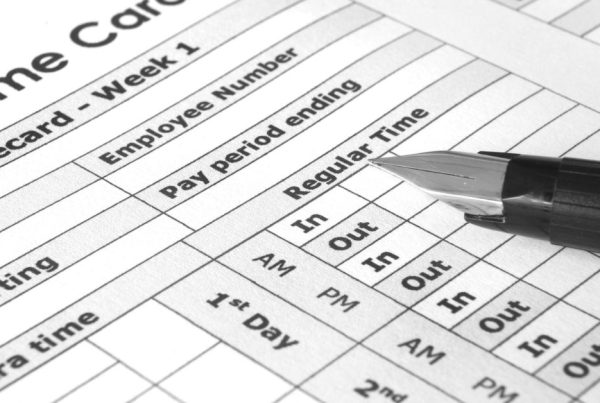
As the architectural landscape continues to evolve, the integration of sustainable materials has become imperative for firms aiming to balance environmental responsibility with economic efficiency. With the rising costs of traditional building materials and an increasing demand for eco-friendly practices, architects are exploring innovative, cost-effective options that reduce carbon footprints while enhancing project durability and value. Leveraging these sustainable materials not only aligns with global sustainability goals but also offers significant long-term financial benefits, making it a strategic choice for forward-thinking architecture firms.
The Importance of Sustainable Materials in Modern Architecture
The rising costs of traditional building materials have created significant challenges for architecture firms. Recent years have seen dramatic price increases due to various factors, including global supply chain disruptions exacerbated by the COVID-19 pandemic. For instance, the price of lumber soared by about 130% from April to August 2020, adding substantial costs to construction projects (source). Similarly, construction material prices rose by 20% between January 2021 and January 2022, with steel contributing significantly to this increase (source).
In response to these rising costs, there is a growing demand for sustainable and eco-friendly architectural practices. Companies are increasingly opting for “green certified” office spaces, such as those with LEED or BREEAM certifications, often paying a premium to lease them (source). This shift reflects a broader trend in the construction industry, where the majority of projects are expected to be green buildings within the next few years (source).
The environmental benefits of using sustainable materials are considerable. These materials can significantly increase energy and resource efficiency, reduce waste, and promote biodiversity. For example, using locally sourced materials can lower transportation costs and carbon emissions (source). Additionally, sustainable materials often have longer lifespans and require less maintenance, contributing to overall project sustainability.
From a financial perspective, sustainable materials offer long-term benefits despite potentially higher initial costs. Green buildings are reported to have almost 20% lower maintenance costs compared to typical commercial buildings, and green building retrofits can reduce operation costs by nearly 10% within the first year (source). Furthermore, many building owners report a 10% or greater increase in asset value for green buildings (source).
In conclusion, the adoption of sustainable materials not only helps architecture firms navigate the rising costs of traditional materials but also meets the increasing demand for eco-friendly practices. The environmental and long-term financial benefits make sustainable materials a strategic choice for modern architectural projects.
Cost-Effective Sustainable Material Options
As architecture firms look for ways to balance cost and sustainability, several cost-effective, eco-friendly materials have emerged as viable options. Utilizing these materials not only helps reduce environmental impact but also offers economic benefits in the long term.
Recycled and Reclaimed Materials
Recycled and reclaimed materials play a crucial role in sustainable architecture. They help lower construction costs, minimize waste, and reduce the demand for new raw materials. For instance, Columbia University’s Manhattanville development site achieved a recycling rate of over 90% for construction debris, repurposing materials for new structures (source). This approach not only conserves resources but also cuts down on energy consumption involved in the production of new materials.
Innovative Sustainable Materials
Innovative materials such as bamboo, rammed earth, straw bales, and cross-laminated timber (CLT) offer significant sustainability advantages:
-
Bamboo – Known for its rapid growth and high tensile strength, bamboo is a versatile and durable material. It can be harvested without causing plant death, making it a renewable resource (source).
-
Rammed Earth – This ancient technique involves compacting earth to create strong, thermally efficient walls. Rammed earth structures have low embodied energy and are highly reusable (source).
-
Straw Bales – Straw bales provide excellent thermal insulation and are a renewable resource. They help reduce heating and cooling costs, making them a cost-effective choice (source).
-
Cross-Laminated Timber (CLT) – CLT panels, made by gluing layers of lumber, offer a sustainable and high-performing alternative to traditional materials like concrete and steel. They significantly reduce a building’s carbon footprint (source).
Energy-Efficient Materials
Energy-efficient materials such as Insulated Concrete Forms (ICFs) and Structural Insulated Panels (SIPs) are becoming increasingly popular. These wall systems combine structure and insulation, which speeds up construction and reduces labor costs. ICFs, in particular, offer superior energy efficiency, fire resistance, and durability compared to SIPs (source).
Case Studies
Several architecture firms have successfully implemented these sustainable materials in their projects. For example, Architype’s Enterprise Centre in Norwich is constructed entirely of timber and generates more energy than it consumes. Similarly, the BedZED project in London, a social housing development, utilizes recycled materials and incorporates features such as a heat and power plant, natural ventilation, and rainwater harvesting (source).
In summary, architecture firms have a variety of sustainable material options that are both cost-effective and environmentally friendly. By integrating recycled, innovative, and energy-efficient materials, firms can achieve significant cost savings while contributing to global sustainability efforts.
Strategies for Integrating Sustainable Materials into Architectural Projects
Incorporating sustainable materials into architectural projects requires careful planning and strategic collaboration. Here are some key strategies to ensure successful integration:
Budget Planning and Cost Estimation
Effective budget planning and precise cost estimation are crucial when incorporating sustainable materials. Architect firms can leverage long-term budget assessments and stress tests to anticipate potential financial challenges and allocate resources efficiently (source). Sustainable design balances cost, environmental, societal, and human benefits while meeting the functional needs of the project (source). By thoroughly assessing the costs and benefits, firms can make informed decisions that align with their financial capabilities and sustainability goals.
Collaboration with Suppliers and Contractors
Building strong relationships with suppliers and contractors who specialize in sustainable materials is essential. Effective collaboration involves trust, mutual understanding, and shared values. Clear communication of project objectives with suppliers maximizes their service and ensures the timely delivery of materials (source). Working closely with these partners can significantly reduce the carbon footprint of buildings and contribute to a more sustainable future (source).
Leveraging Technology and Software Solutions
Technology plays a pivotal role in managing sustainable architecture projects. Digitization of operations, automation, and waste reduction are some of the positive impacts of technology on construction sustainability (source). Various tools, such as 3D modeling and energy analysis plugins, help achieve sustainable construction goals by providing accurate and efficient project management (source).
How Minute7 Can Help
Minute7’s time tracking and expense reporting software provides architecture firms with a streamlined, user-friendly, and efficient solution for managing sustainable projects. By automating time management and simplifying expense reporting, Minute7 reduces human error and boosts transparency, accuracy, and productivity. The software offers real-time reporting insights, allowing firms to make informed decisions based on accurate and readily available information (source). With features such as secure data storage, reporting, a mobile app, and the ability to attach receipts, Minute7 ensures that architecture firms can manage their sustainable projects effectively and efficiently.
By adopting these strategies, architecture firms can successfully integrate sustainable materials into their projects, balancing cost and environmental impact while leveraging tools like Minute7 for effective project management.
How Minute7 Supports Sustainable Architecture
In conclusion, architecture firms striving to incorporate sustainable materials into their projects can greatly benefit from leveraging technology and strategic planning. The integration of eco-friendly materials such as bamboo, rammed earth, and cross-laminated timber not only aligns with environmental goals but also offers long-term financial advantages. Efficient budget planning, robust collaboration with suppliers, and the use of advanced technology are essential strategies for successful implementation.
Minute7 plays a pivotal role in this journey by providing architecture firms with a powerful time tracking and expense reporting solution. With Minute7, firms can streamline their project management processes, ensure accurate tracking of time and expenses, and maintain seamless integration with QuickBooks. This not only enhances productivity but also ensures that the financial aspects of sustainable projects are meticulously managed.
The platform’s user-friendly interface and robust features, such as secure data storage, comprehensive reporting, and mobile accessibility, make it an invaluable tool for architecture firms. By utilizing Minute7, firms can focus on what they do best—designing innovative, sustainable structures—while leaving the complexities of time and expense management to a reliable and efficient solution.
For architecture firms committed to balancing cost-efficiency with sustainability, Minute7 offers the perfect blend of functionality, ease of use, and integration, ensuring that every project is managed effectively from start to finish. Embrace the future of sustainable architecture with Minute7 and drive your firm’s success in an eco-conscious world.



